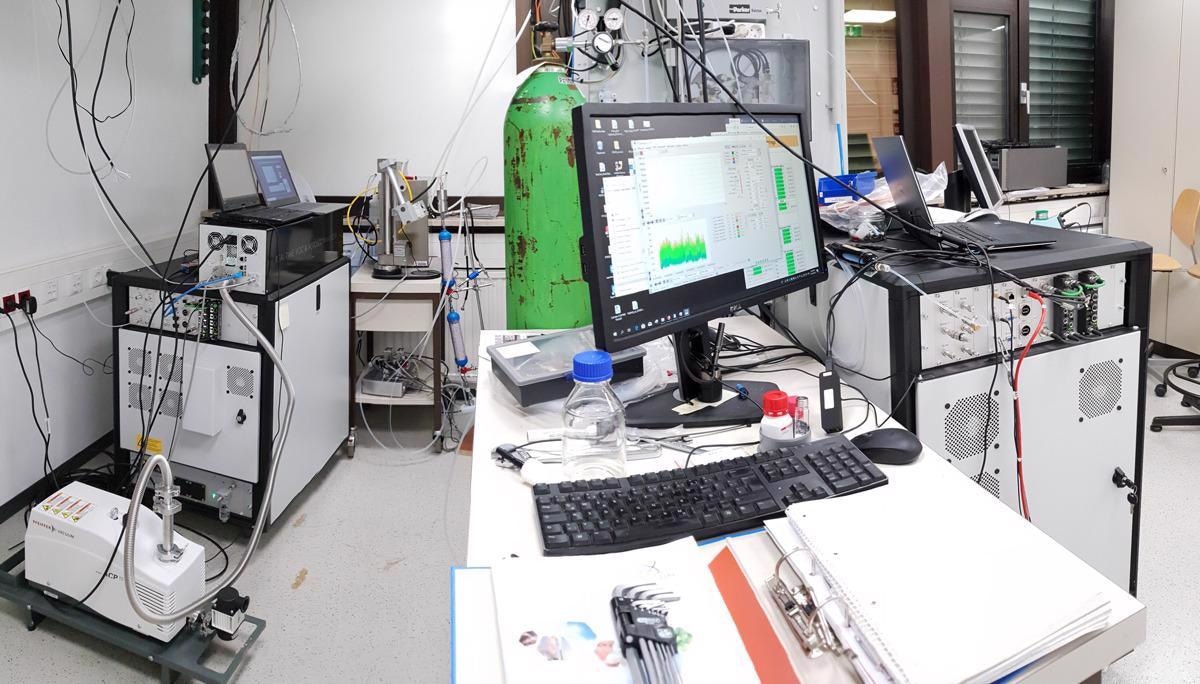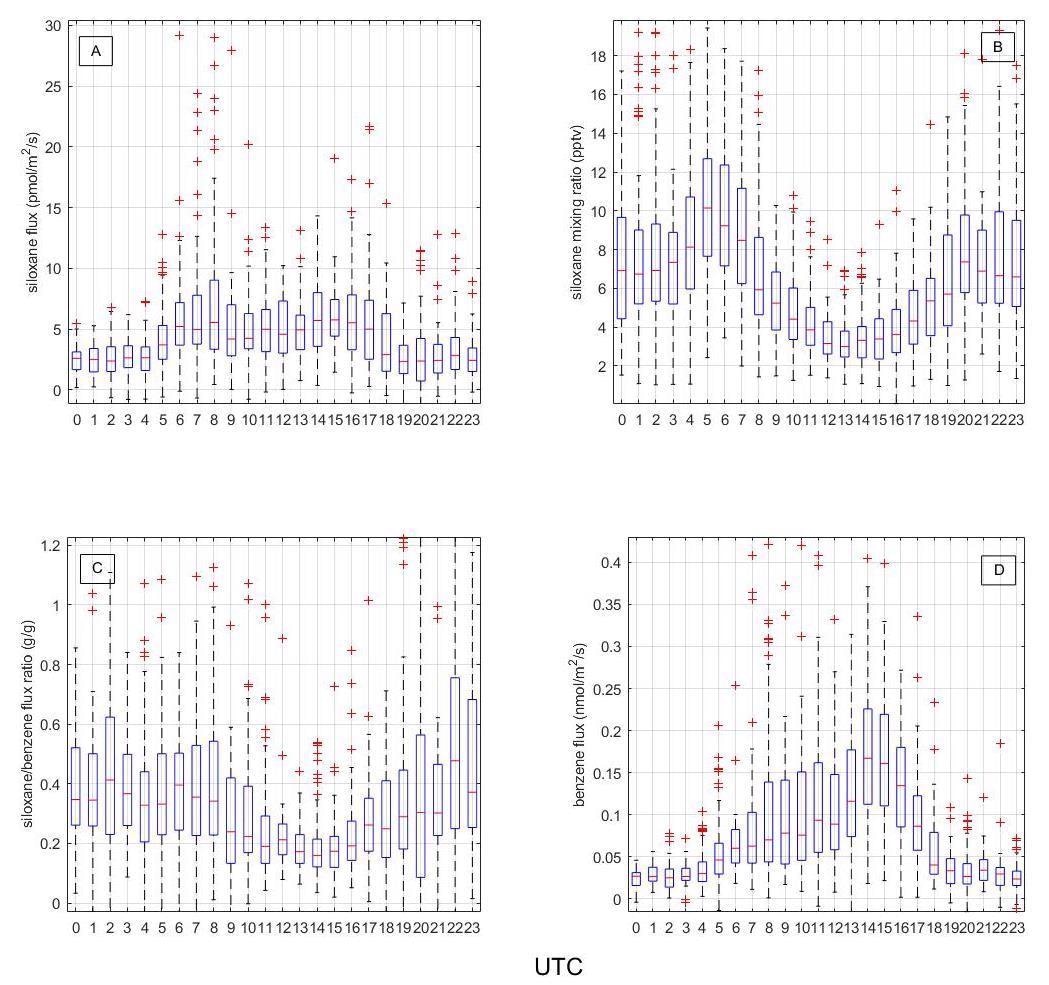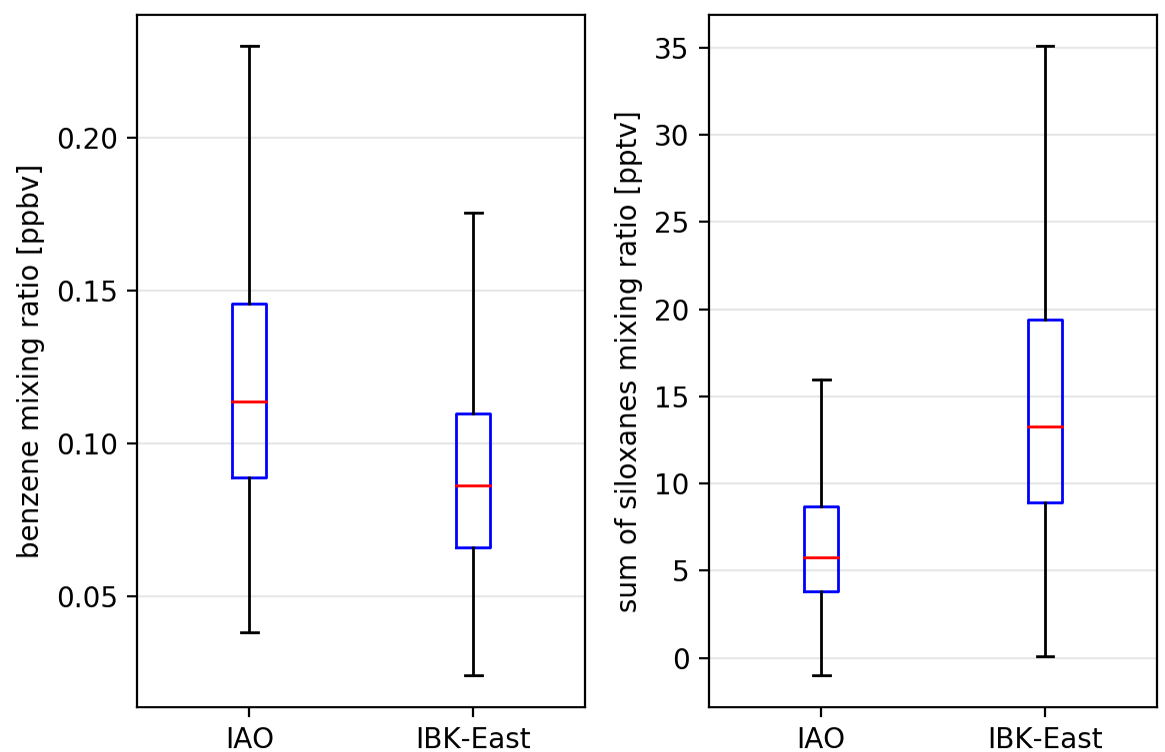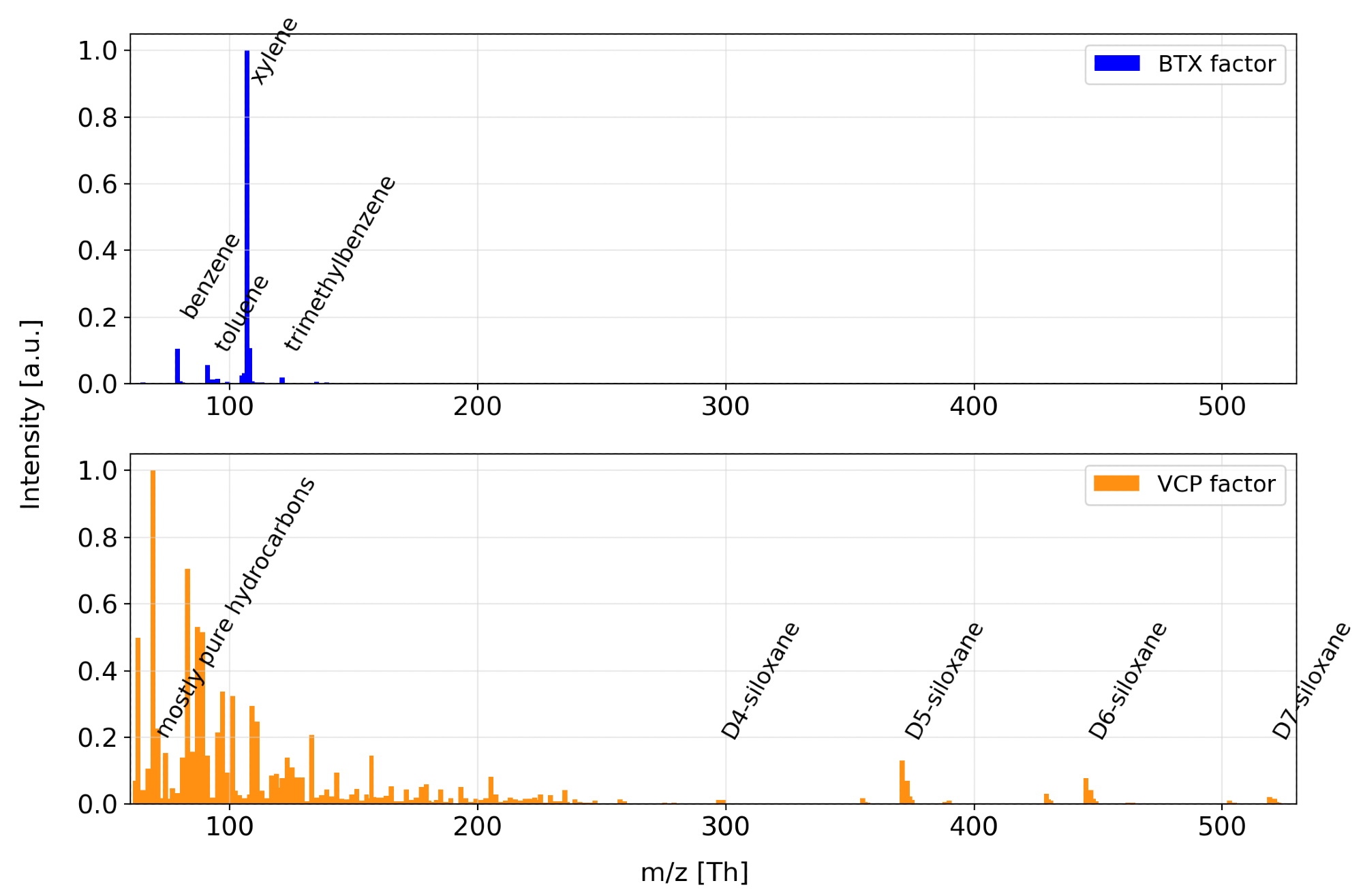The abundance of trace gases like ozone and fine particulate matter affects the air quality in urban areas. It is of vital importance for the health of all citizens and the environment to monitor and control concentrations and the corresponding emission sources.
The formation of potentially hazardous air pollutants like ozone and secondary aerosol particles are significantly contributed to by non-methane volatile organic compounds (NMVOC).
NMVOC, such as benzene, toluene and xylene (BTX), can typically be found in urban areas because they are associated with traffic and other combustion-related processes.

IONICON PTR-TOF instruments below the flux tower of the University of Innsbruck. Image Credit: Thomas Karl
Historically, one significant source of NMVOC has been solvents. However, as revealed by new measurements based on Proton-Transfer-Reaction Mass Spectrometry (PTR-MS) technology, the use of chemical solvents from paintings, adhesives and personal care products like deodorants significantly contribute to the emission of so-called volatile care products (VCP).
For example, siloxanes are associated with personal care products. Simultaneous, quantitative, and real-time detection of a broad range of trace VOC and is allowed by the VCP PTR-MS measurement technique.
The complexity of NMVOC distributions in urban areas is revealed by rapid monitoring of NMVOC concentrations and fluxes. This article examines the observations from two measurement sites in the city of Innsbruck.
In the center of Innsbruck is the Innsbruck Atmospheric Observatory (IAO) of the University of Innsbruck.
The second measurement site is in the business district to the east of Innsbruck, located at the headquarters of IONICON. This is where IONICON operates their newest generation PTR-TOFMS instruments.

Figure 1. The diurnal cycle of (A) the sum of siloxane fluxes and (B) their mixing ratios, (C) the ratio of siloxane to benzene flux and (D) the benzene flux from measurements at the IAO. Image Credit: Thomas Karl
The diurnal cycle of the sum of siloxane fluxes in comparison to benzene is shown in figure 1. Siloxane fluxes are often used in cosmetics as moistening, smoothing and softening agents, as well as in detergents.
The influence of meteorology on the distribution of ambient mixing ratios is highlighted by the anticorrelation of the diurnal cycle of mixing ratios and emission fluxes. Due to a shallow planetary boundary layer, most anthropogenic NMVOC accumulate during the night.
The mixing height increases as emissions increase during the day, which leads to an overall decrease in daytime concentrations.
Even so, slight emission enhancements of siloxanes during the morning and afternoon rush hours are detected by Eddy Covariance flux measurements, as shown in Figure 1 A, while benzene emission fluxes increase as shown in Figure 1 D throughout the day and peak in the afternoon.
How Much Do Mixing Ratios of Benzene and Siloxanes Vary Across the City of Innsbruck?
The distribution of concentrations for benzene and the sum of siloxanes that were monitored at the IAO and at IONICON (IBK-East) measurement sites are compared in Figure 2.
It appears that there are similar distributions all over the city for concentrations of benzene and local sources for siloxanes, with mixing ratios exhibited in the order of 3-200 pptV. It is essential to investigate these classes of compounds in urban air and make real-time detections of NMVOC at the pptV level.

Figure 2. Comparison of mixing ratios for benzene and siloxanes between the two sites. Image Credit: IONICON Analytik
How to Keep a Clear View of the Complexity of Sources and Processes in Urban Air?
Several hundred to thousand compounds can be detected in urban air with PTR-TOF MS. One method for reducing this amount of data is by grouping the data into so-called factors of similar characteristics. This is known as non-negative matrix factorization (NNMF) and is used for source apportionment.

Figure 3. Exemplary factors that could be determined for BTX and VCP in IBK-East using Non-negative matrix factorization (NNMF) with the new IONICON Data Analyzer (IDA). Image Credit: IONICON Analytik
The IONICON Data Analyzer (IDA) incorporates NNMF to allow quantitative and fast factorization of data to give researchers more time to interpret the results. Mass spectra of exemplary factors for siloxanes and BTX are shown in Figure 3.
Aromatic hydrocarbons are the main component of the BTX factor. Several D-siloxanes and a series of pure hydrocarbons make up the VCP factor.

This information has been sourced, reviewed and adapted from materials provided by IONICON Analytik.
For more information on this source, please visit IONICON Analytik.